Powerful Protection from Payment to Delivery
Secure and Reliable Payment
Money Back Guarantee
Shipping and Delivery
After-Sales Service
Connectors: Key Components in Electronic Devices
Connectors, also known as plugs, sockets and receptacles, are essential components in electronic devices. Their function is to bridge the communication gap between blocked or isolated circuits in the circuit, allowing the flow of current or signals to achieve the desired function. The form and structure of connectors are diverse, with various forms of connectors depending on the application object, frequency, power, and application environment.
For example, the connector used for lighting up a stadium and the connector used for a hard disk drive, as well as the connector used to ignite a rocket, are vastly different. However, regardless of the type of connector, it must ensure the smooth and continuous flow of current or signals and reliable communication.
Connectors are not limited to current transmission. In today's rapidly developing optoelectronic technology, the carrier for transmitting signals in optical fiber systems is light, and glass and plastic replace wires in ordinary circuits. However, connectors are also used in optical signal paths, and their function is the same as that of circuit connectors.
Connectors are classified into three basic types: wire-to-wire, wire-to-board, and board-to-board. Wire-to-wire connectors include wire-to-wire cables or cable-to-cable connections, which are defined by the permanent connection of two individual wires or the corresponding wires in two cables. Wire-to-board connectors connect cables to printed circuit boards, while board-to-board connectors connect two printed circuit boards. These three types of connection methods are not completely different. The design of the same connector only needs to be slightly modified in the connection method and then redefined to become a new design scheme suitable for another type of connection method. At the same time, a cable can be equipped with a wire-to-wire connector at one end and a wire-to-board connector at the other end during assembly. For example, the shape of the I/O connector 5-level product is the most common example.
Regardless of the type of connector, it must ensure the smooth and continuous flow of current or signals and reliable communication. Therefore, when choosing and using connectors, careful consideration and selection should be made based on factors such as the application object, frequency, power, and application environment.
Recent Posts


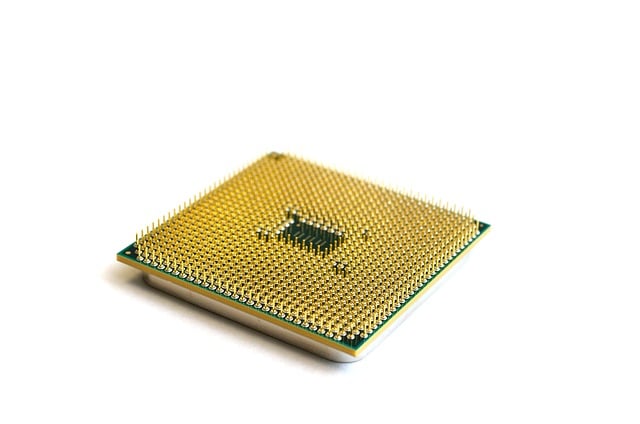
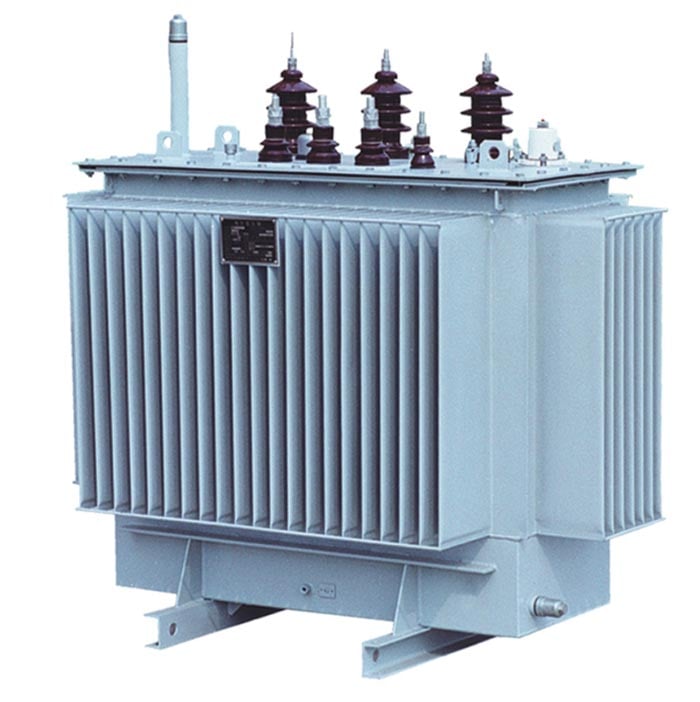
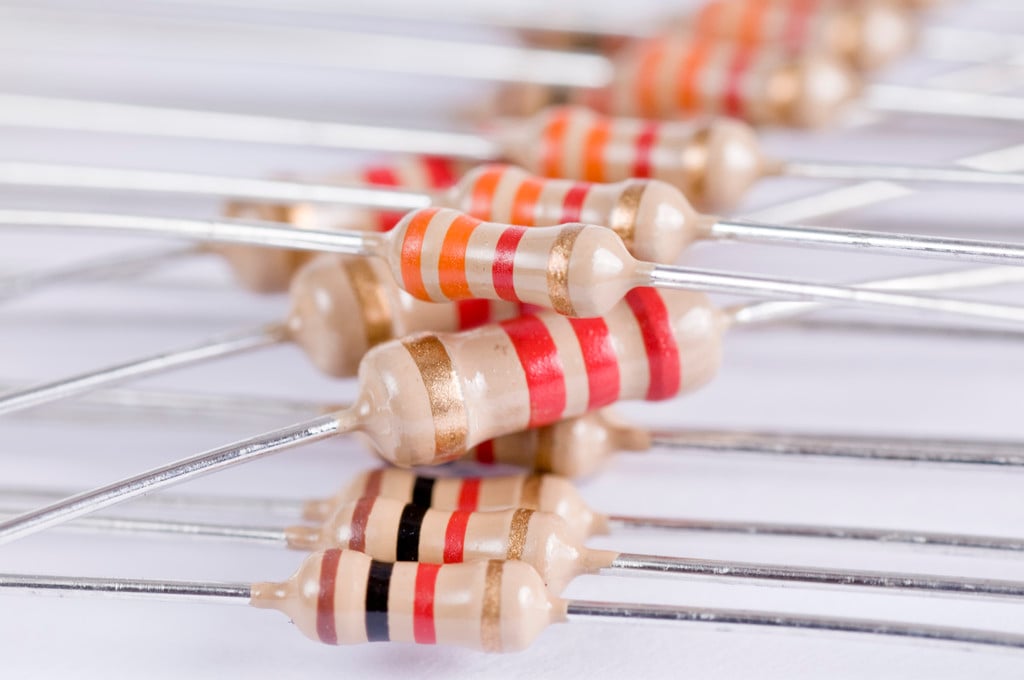
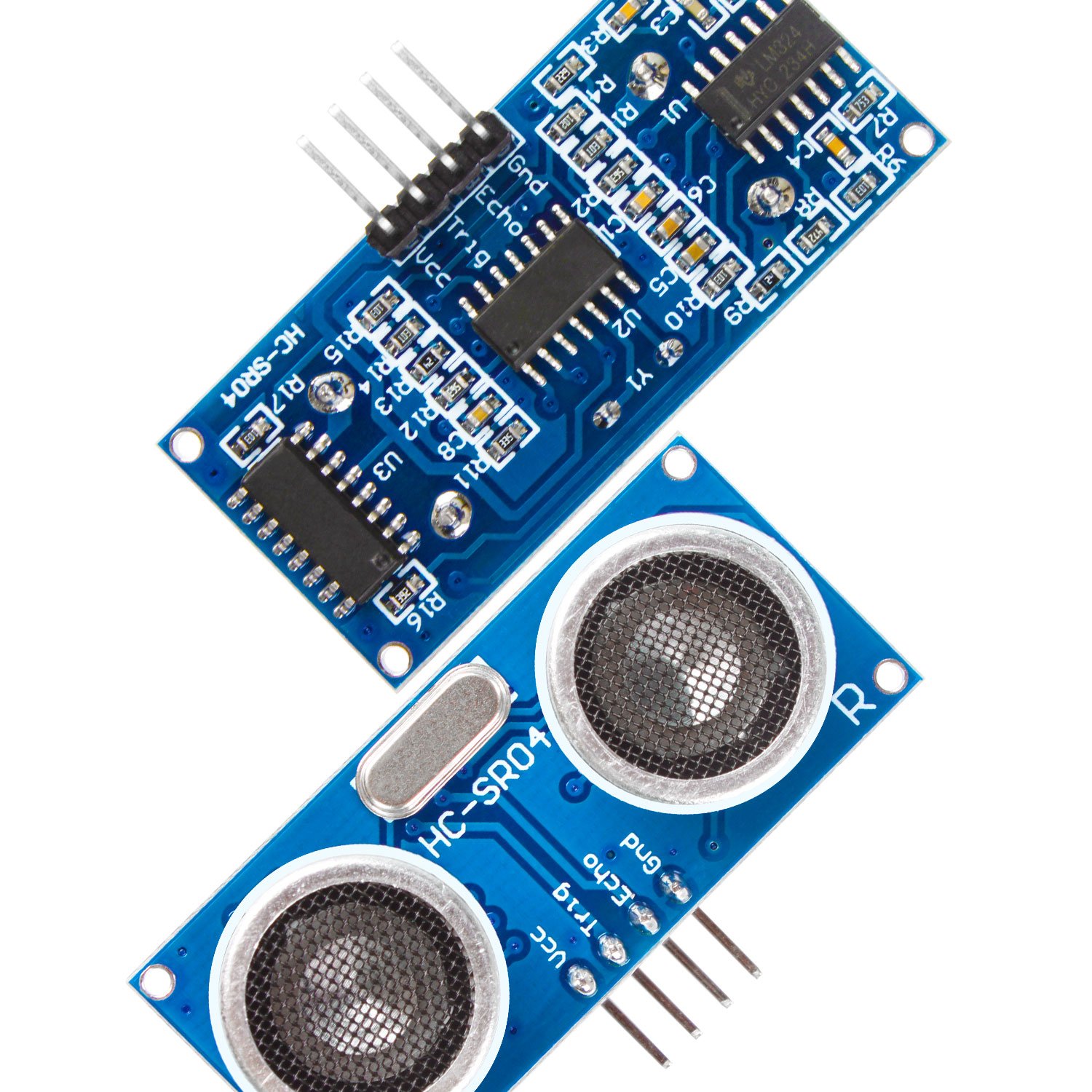
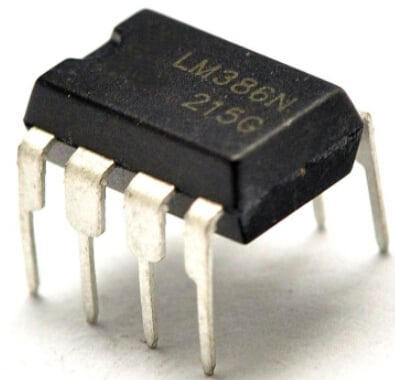

Company
About UsContact UsTerms & ConditionsPrivacy StatementPayment,Shipping & InvoiceRefund & Return PolicyWarranty PolicyFrequently asked questionHolidays for Chinese Mid-Autumn Festival and National Day in 2023


















